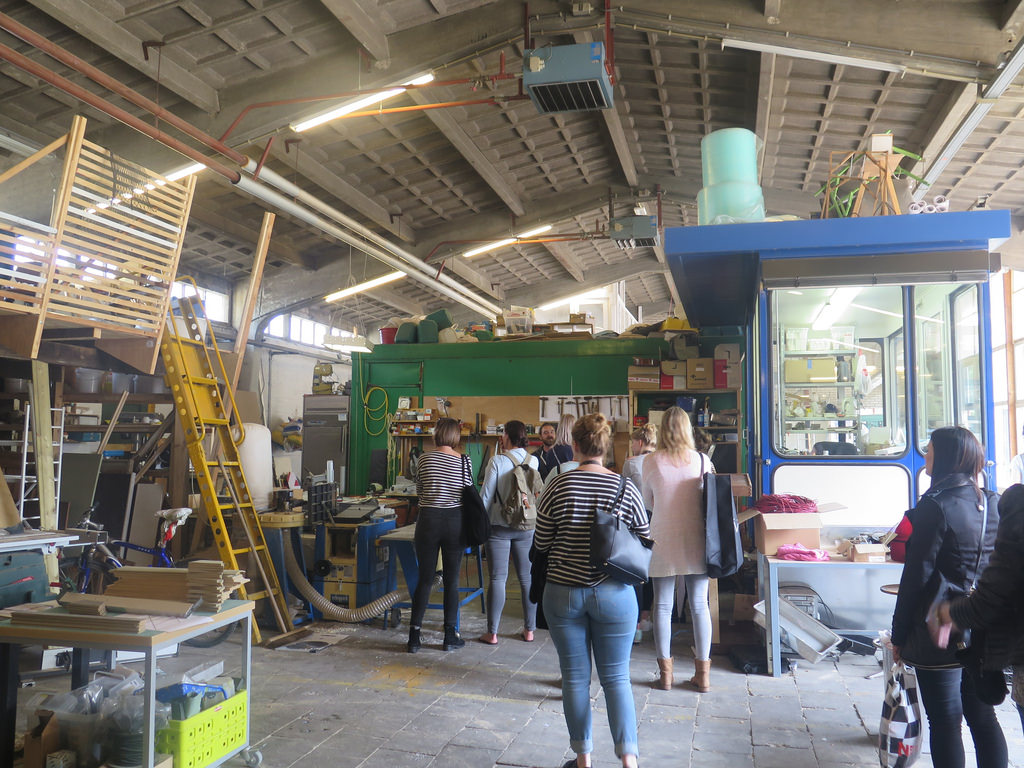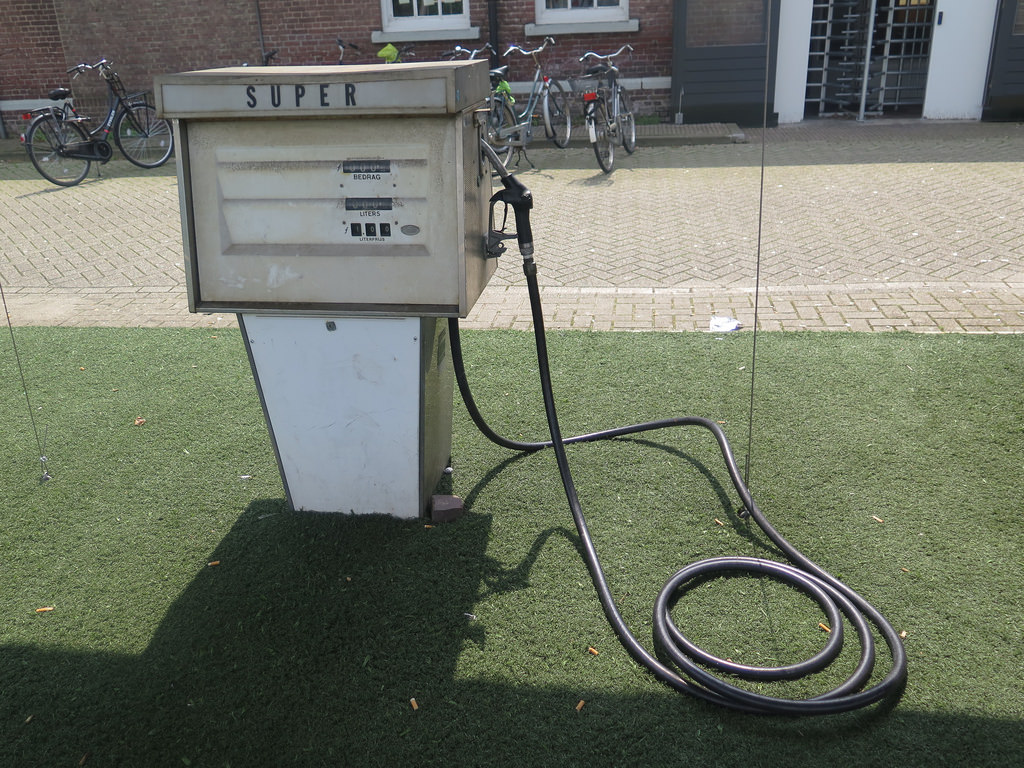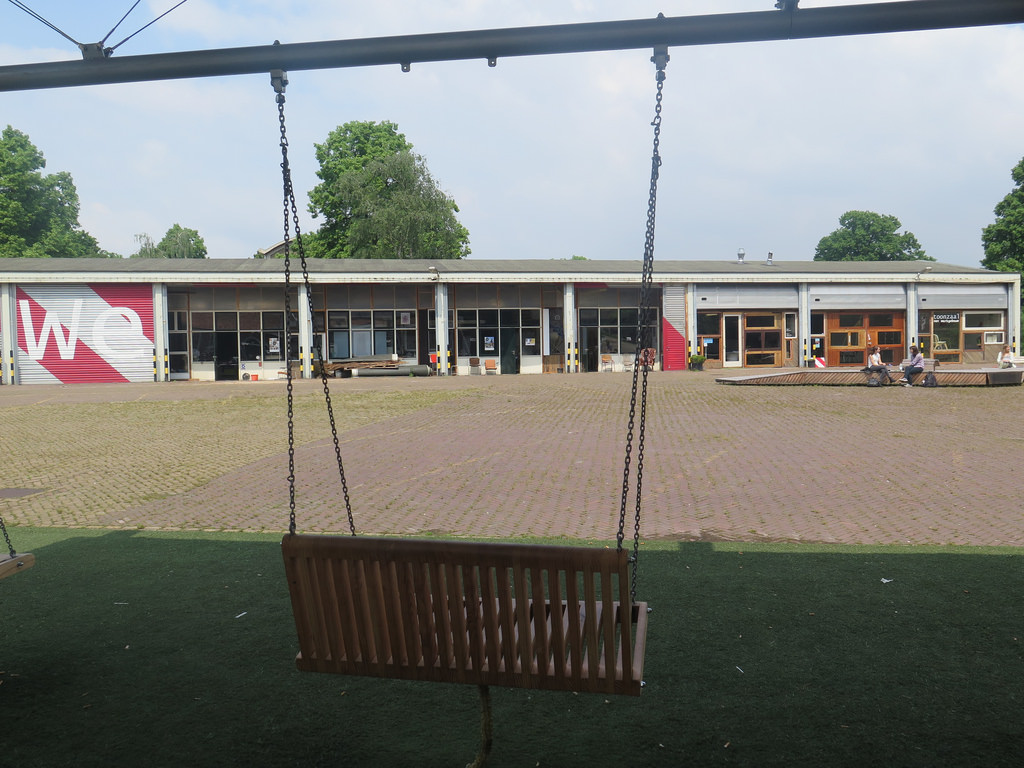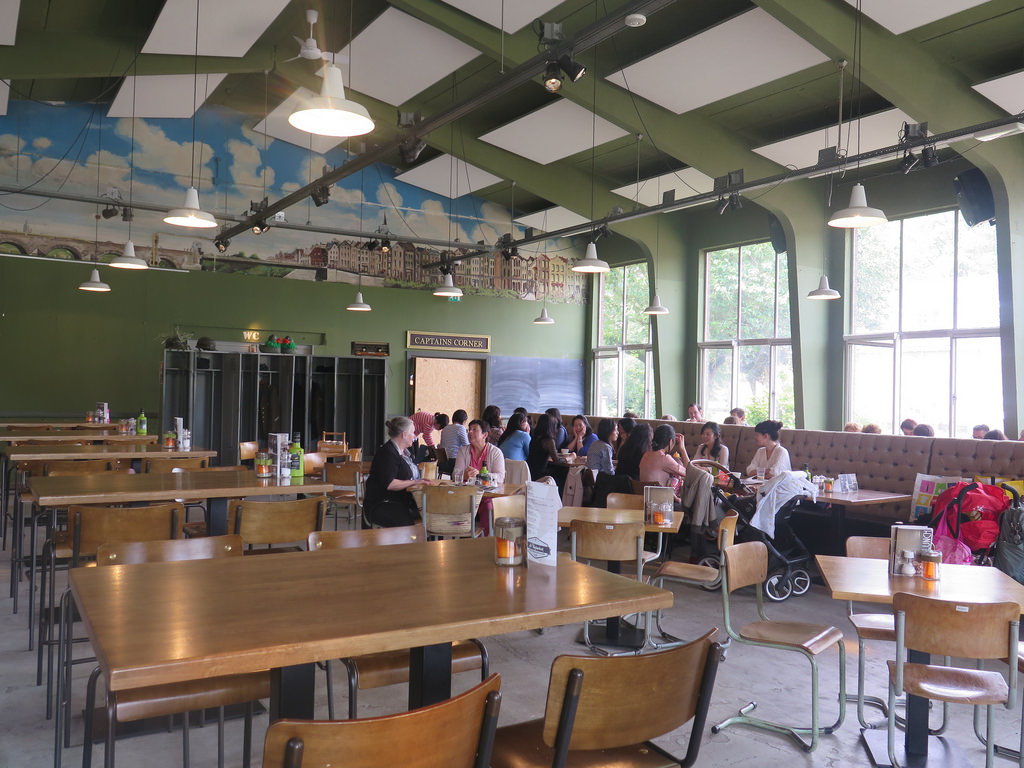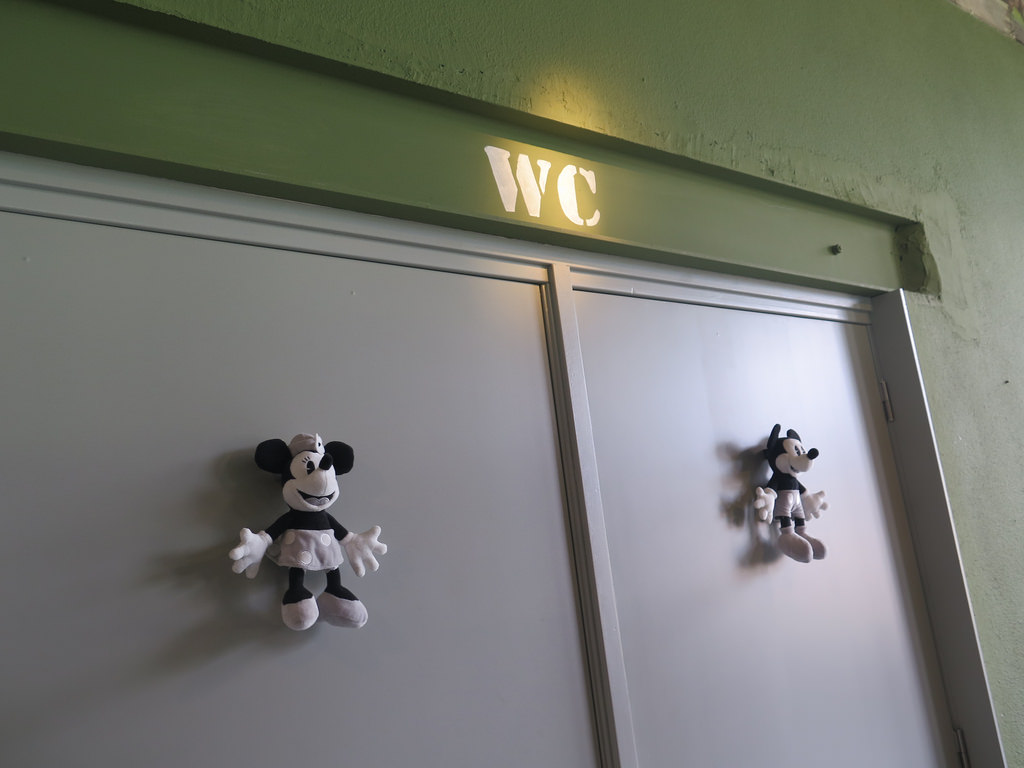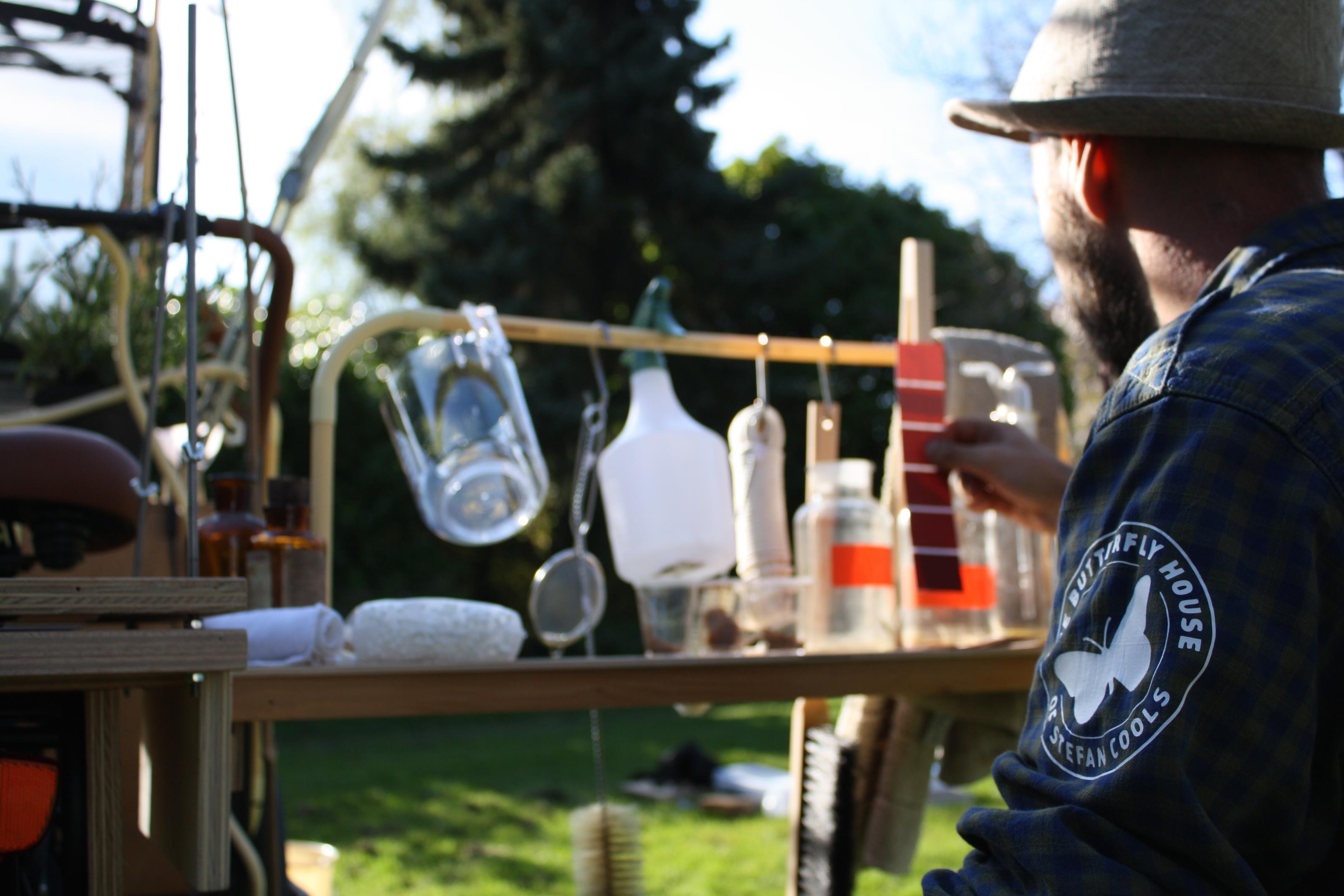
Image courtesy of the artist
While visiting an ex soldier training area in Maastricht turned into workshops for designers, swanky bar, park, playground with swings and vintage gas pumps, i met an artist observing butterflies, noting his findings into notebooks and pulling out all sorts of instruments from a bike that doubled as a cart, laboratory and small educational space.
Stefan Cools explores human relationships to other living species: other humans, animals and even plants. Over the past few years, his research has focused entirely on butterflies with a body of artistic, scientific and education works called the “Butterfly House of Stefan Cools.’ He observes the life of the colourful insect, uses as pigment the red fluid that butterflies eject after they leave the chrysalis and travels around the world to work with cultural institutions and schools. Cools has also recently teamed up with the Science program at Maastricht University, to investigate with both scientific rigour and a creative perspective the transformation process of butterflies.
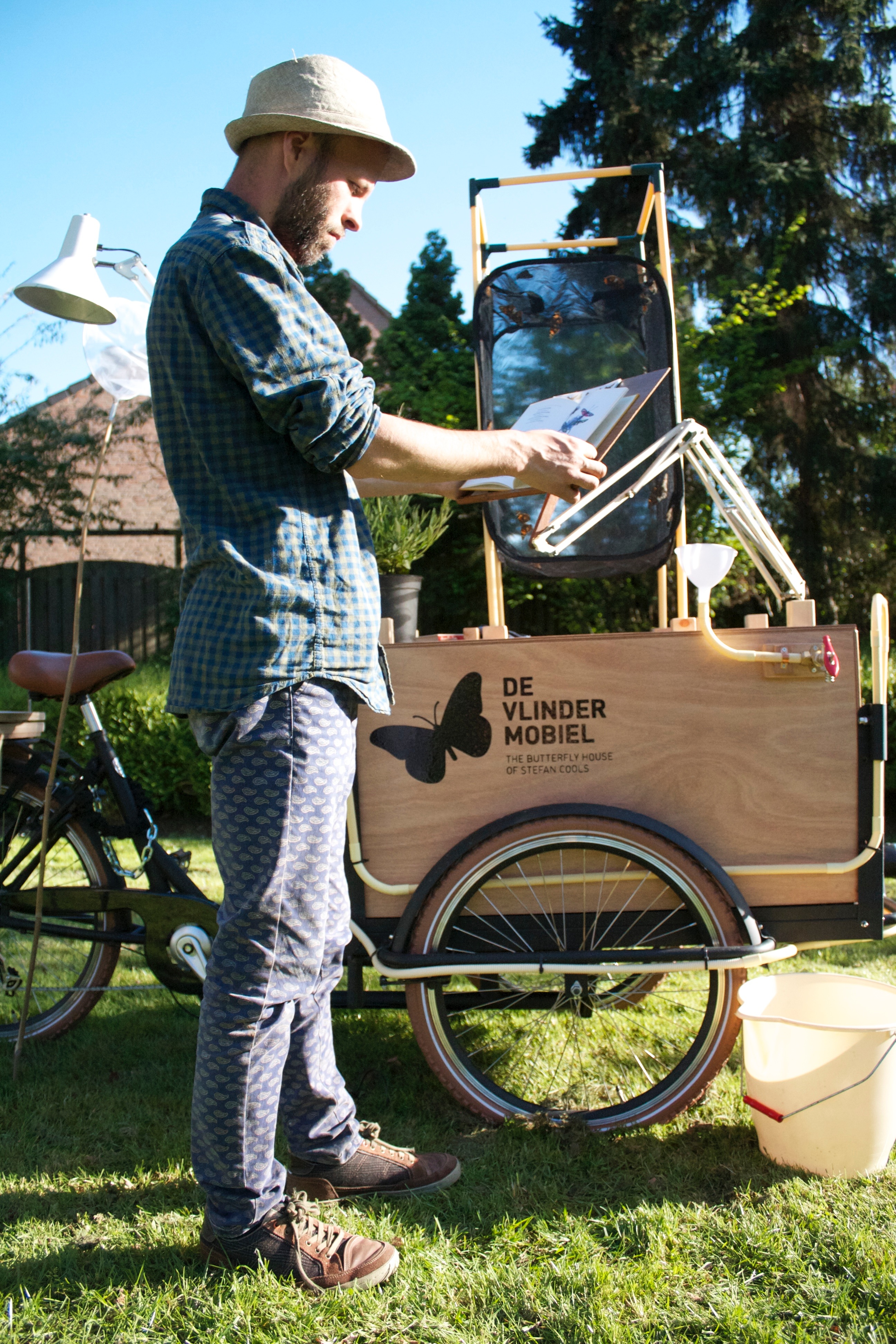
Image courtesy of the artist
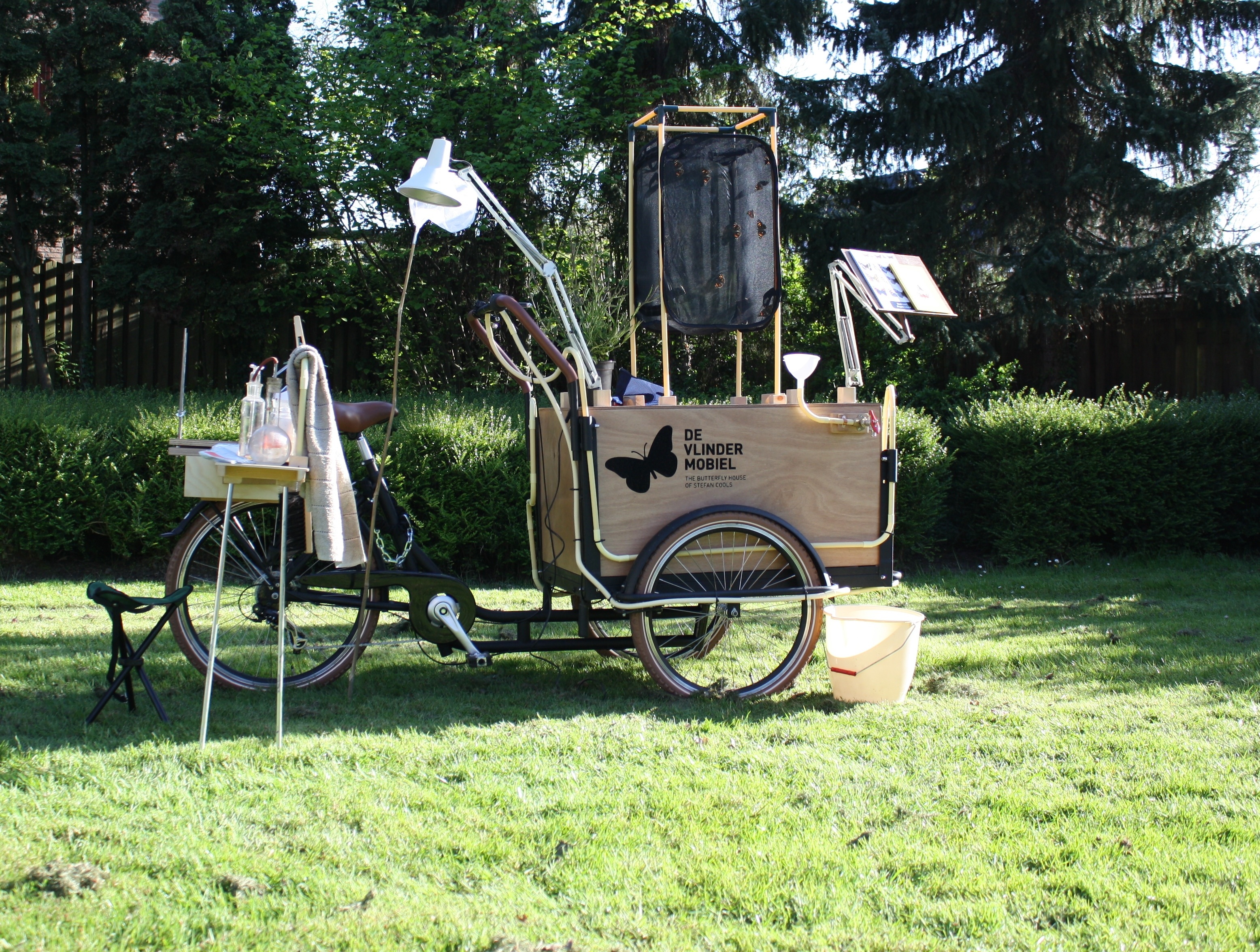
Image courtesy of the artist

Image courtesy of the artist
I didn’t have the time to interview him properly while in was Maastricht so i caught up with him over emails:
Hi Stefan! Could you tell us something about your research into butterflies?
My artistic research examines the transformation process of the butterfly: specifically meconium, a substance butterflies secrete after leaving the chrysalis. Not much is known about meconium, except that it contains a lot of hormones and faeces.
The meconium of thistle butterflies (Vanessa cardui), a butterfly species I often study, is red in colour. The research aims to distinguish different meconium colours of various butterfly species. This results in a pallet of colours for use as pigment. Recently I discovered a second colour: ochre from the Silver Y moth (Autographa gamma).
I came for the first time in contact with the art world during a long stay in Australia. I was doing research to some tropical plants in Queensland that live in symbiosis with animals. While we were doing field research in the tropical rainforest we came across some bowers of different types of the bowerbirds. The complex bowers of these birds, decorated with flowers, shells and other small decorations and their strange courtship behaviour were fascinating myself so much that I started to do research to the bowerbirds. The bowers that these birds build are complex architectural master pieces where they work on for weeks. After the “buildings” are finished they start decorating them. During the courtship the female is choosing the male to mate with on the bower they have build and decorated so they must have as I believe, some sense of beauty. Speaking about this with some biologist; they didn’t agree with me about this and in their believe I was more seeing it from the human perspective instead of the natural perspective. I was projecting my own ideas on the birds they were saying. And from that moment I saw the value of my way of looking into nature. The freedom of interpreting my own thoughts on the topic of research. On the same moment when I was doing the research on the bowerbirds I came in contact with a curator of the art museum in Cairns, The Cairns Regional Gallery. As a regular visitor of musea and galleries we have spoken a lot about art, aboriginal art and the relation of aboriginal art with nature. The curator was working on a new exhibition about nature and art and she invited me to join the show with the results of the research I was doing to the bowerbirds.
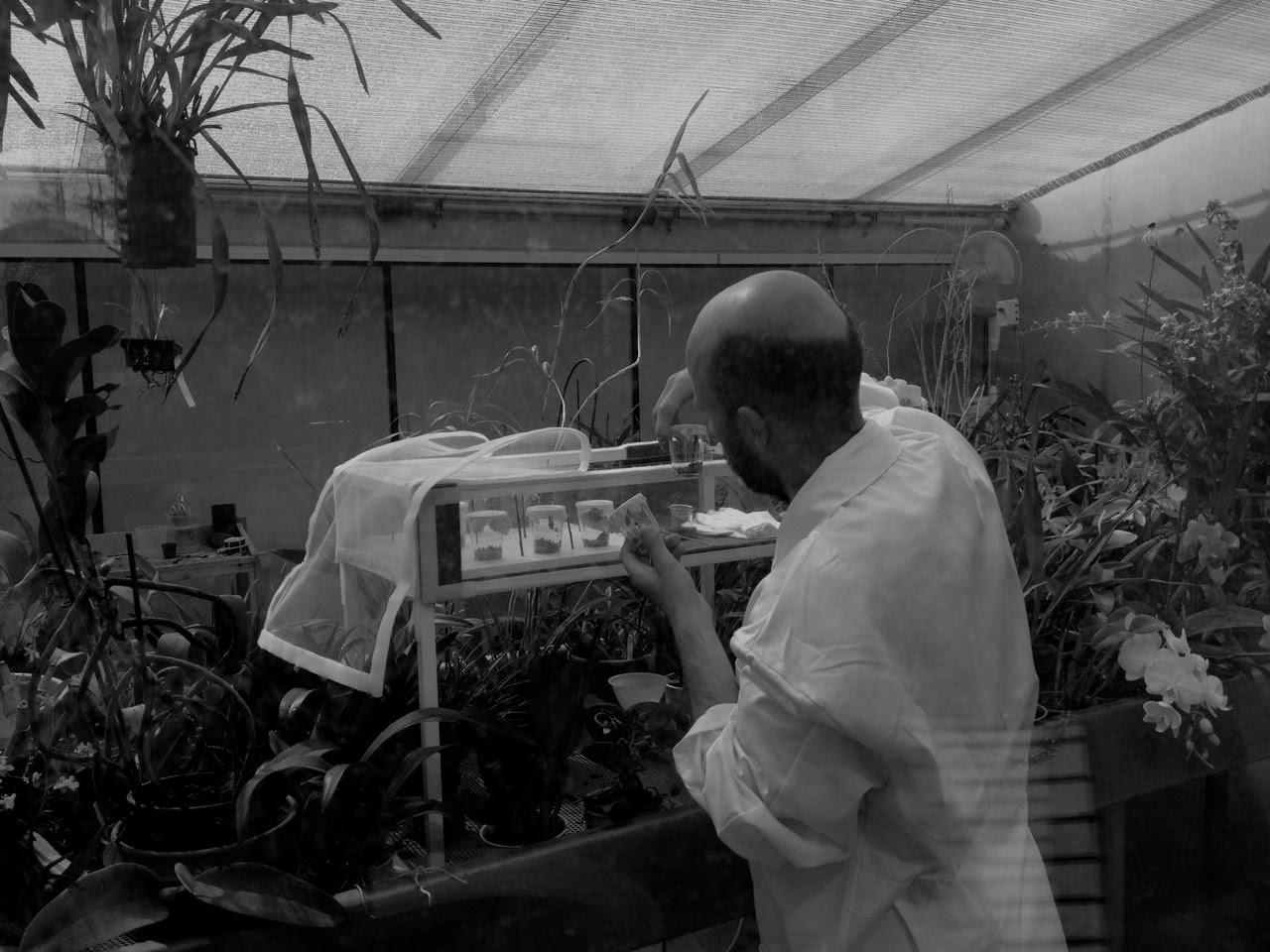
Image courtesy of the artist
The freedom as artist gives me the freedom during my research to think on a different way than biologists do. You called me a biologist but I haven’t any paper for that, so I don’t call myself a biologist. I understand because I present my work like biologist do that sometimes it’s not very clear for people if I’m an artist, biologist or scientist. I feel myself more like an artist with a background as botanist. And the knowledge as botanist I can use in my research I do nowadays.
For the project’s scientific development, I recently teamed up with Maastricht University, who are going to make scientific studies on the transformation process of butterflies using my artistic perspective as their starting point. The questions like:
‘What is the compositon of the meconium?’ How can you manipulate this (food, temperature etc.)? What other uses are there? ‘Why is the colour of the meconium colourfast and doesn’t oxydize?’ ‘What other colours are there?’ Can you manipulate the colour?
We don’t know yet what could come out of these studies but I can believe that there will be lots of interest for example on the outcome of the question why the meconium of butterflies is colourfast instead of the colour of most natural liquids that oxydize.
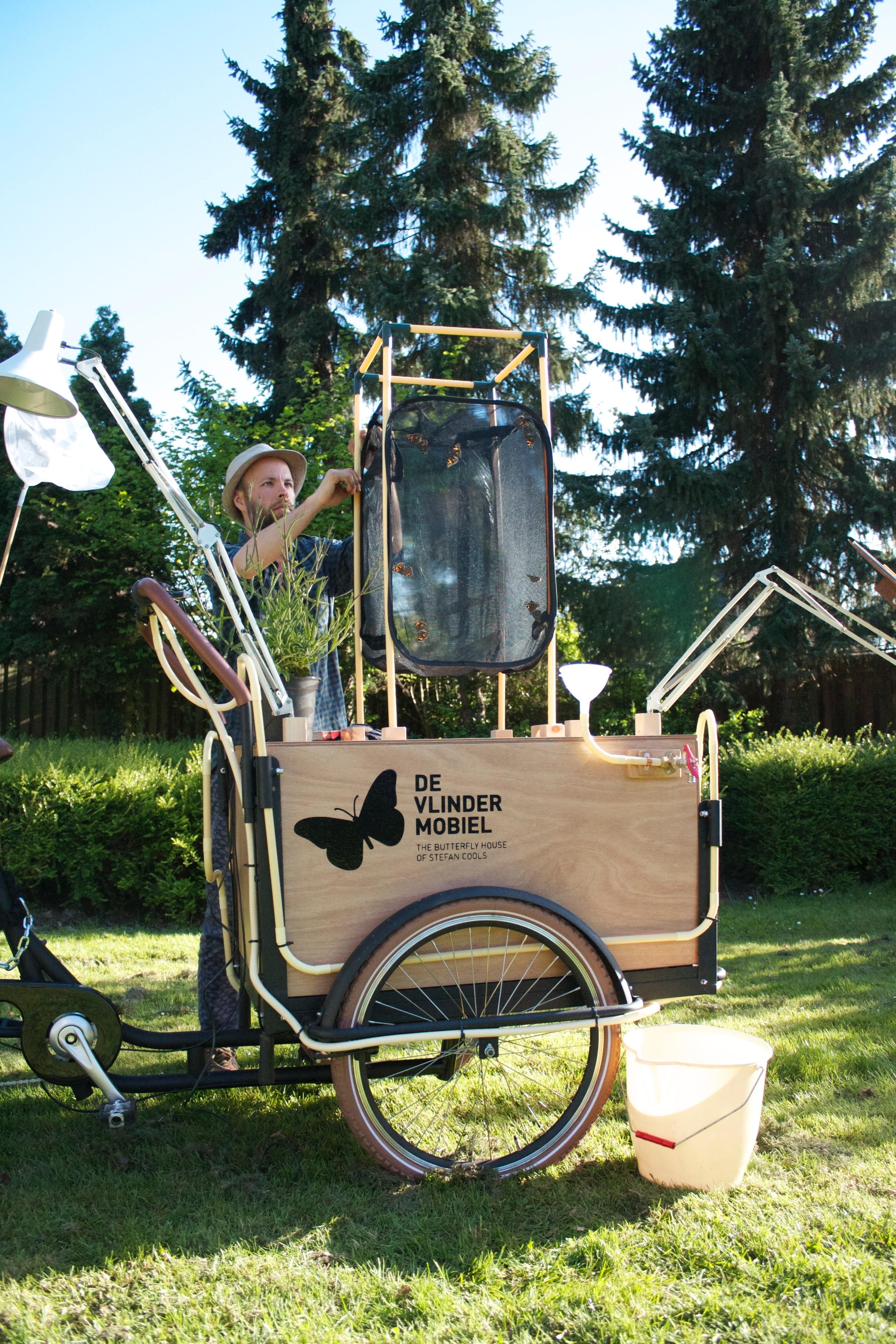
Image courtesy of the artist
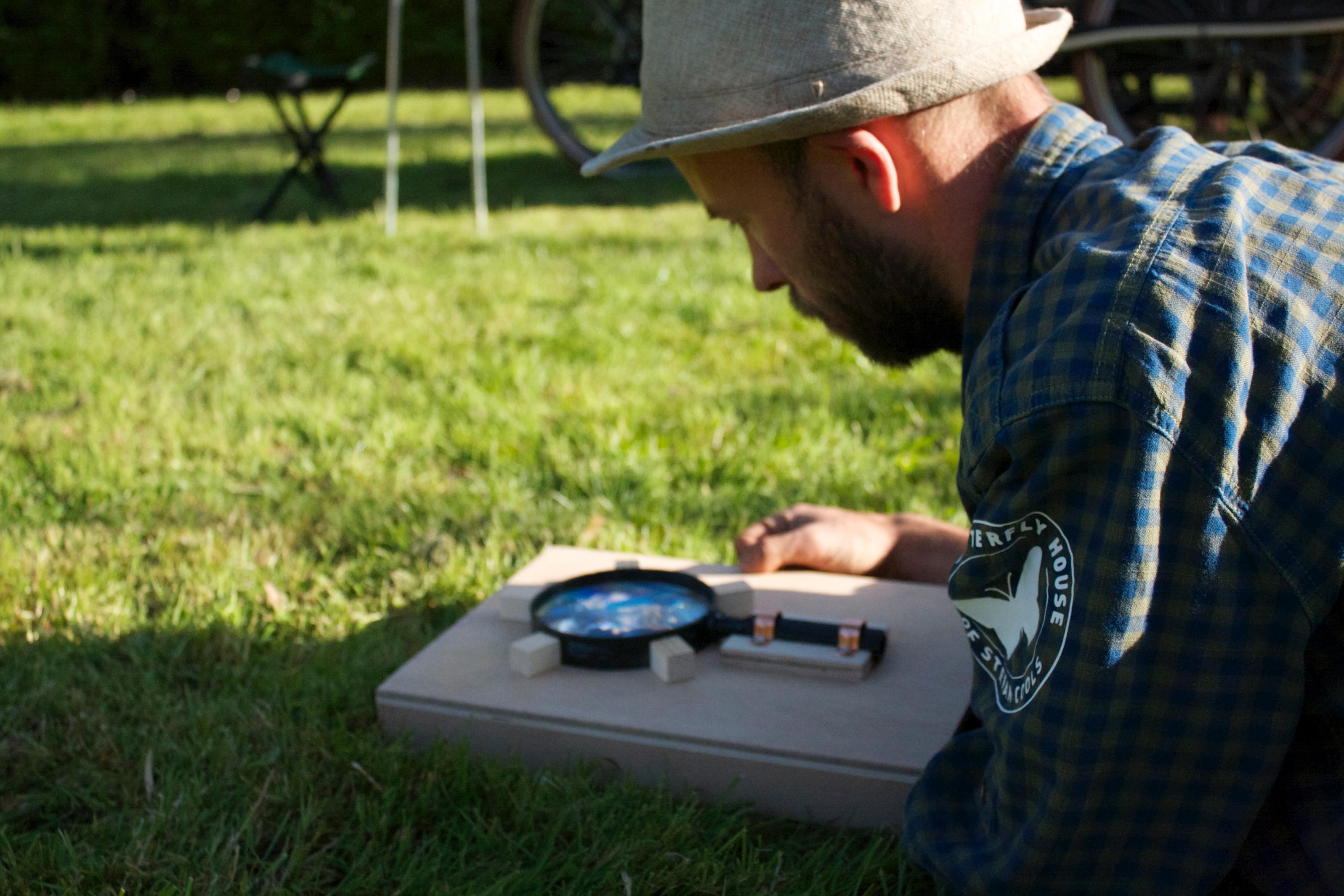
Image courtesy of the artist
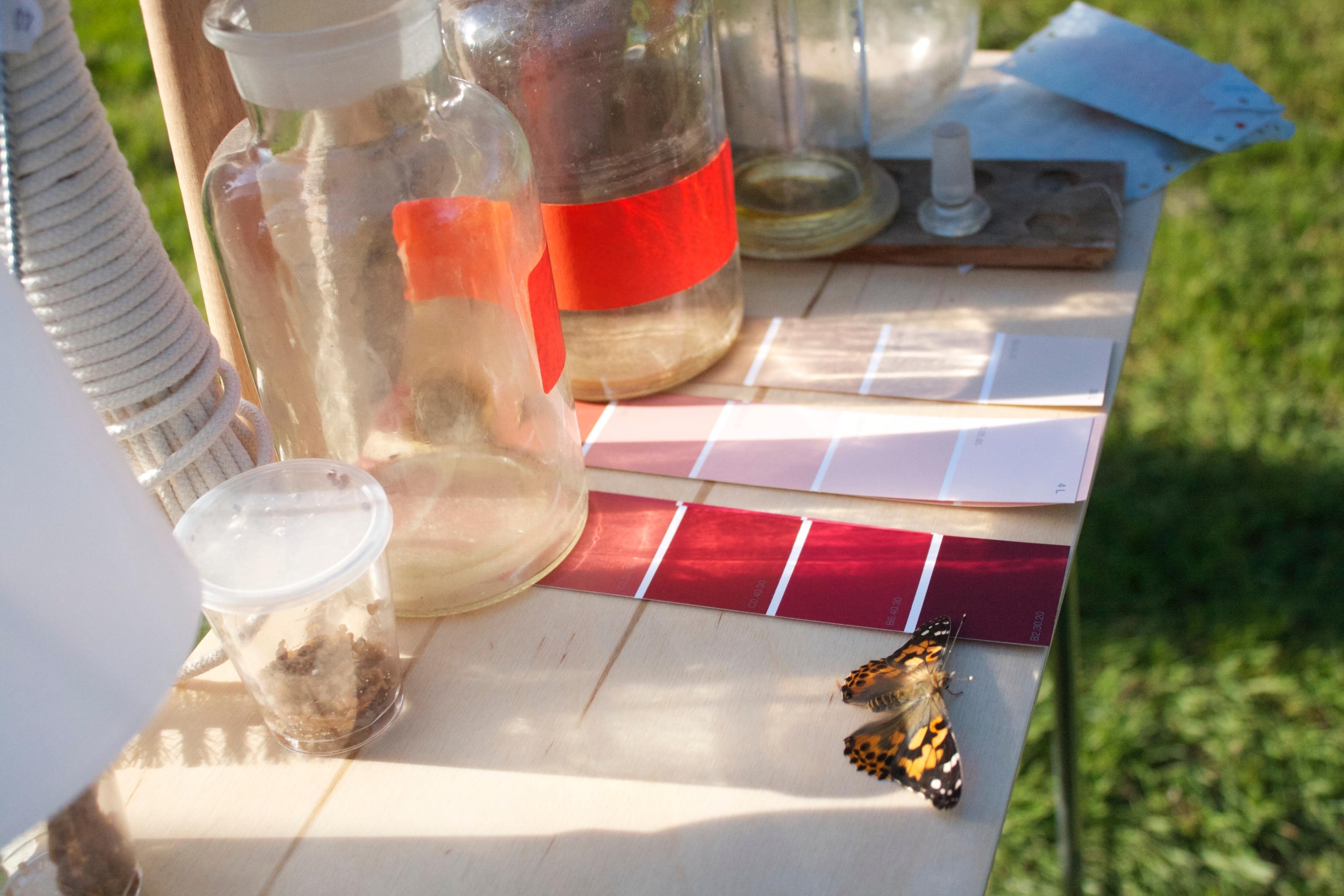
Image courtesy of the artist
What is the Vlindermobiel? How do you use it? and what is it made of?
The Vlindermobiel is a project that I had for a long while in my mind. And now after a very successful crowdfunding campaign we have realised the Vlindermobiel.
I often do fieldwork and I always have to take a lot of tools with me. I was having the problem that I couldn’t take all the tools with me that I wanted and that was frustrating me. At the same time, I was working on an idea for an educational project with children. But I wanted to do a project not only on a school but also on a festival or a museum or in nature too. So the idea of the Vlindermobiel was born.
The Vlindermobiel is a mobile that just like a butterfly can transform in different shapes. It can be a butterfly cage for living butterflies to study, it can transform into a laboratorium and the Vlindermobiel can transform into another shape for education. In the educational project, children can learn about butterflies and their transformation process.
So it depends where the Vlindermobiel is travelling too, how he is packed and in what kind of shape it will transform in.
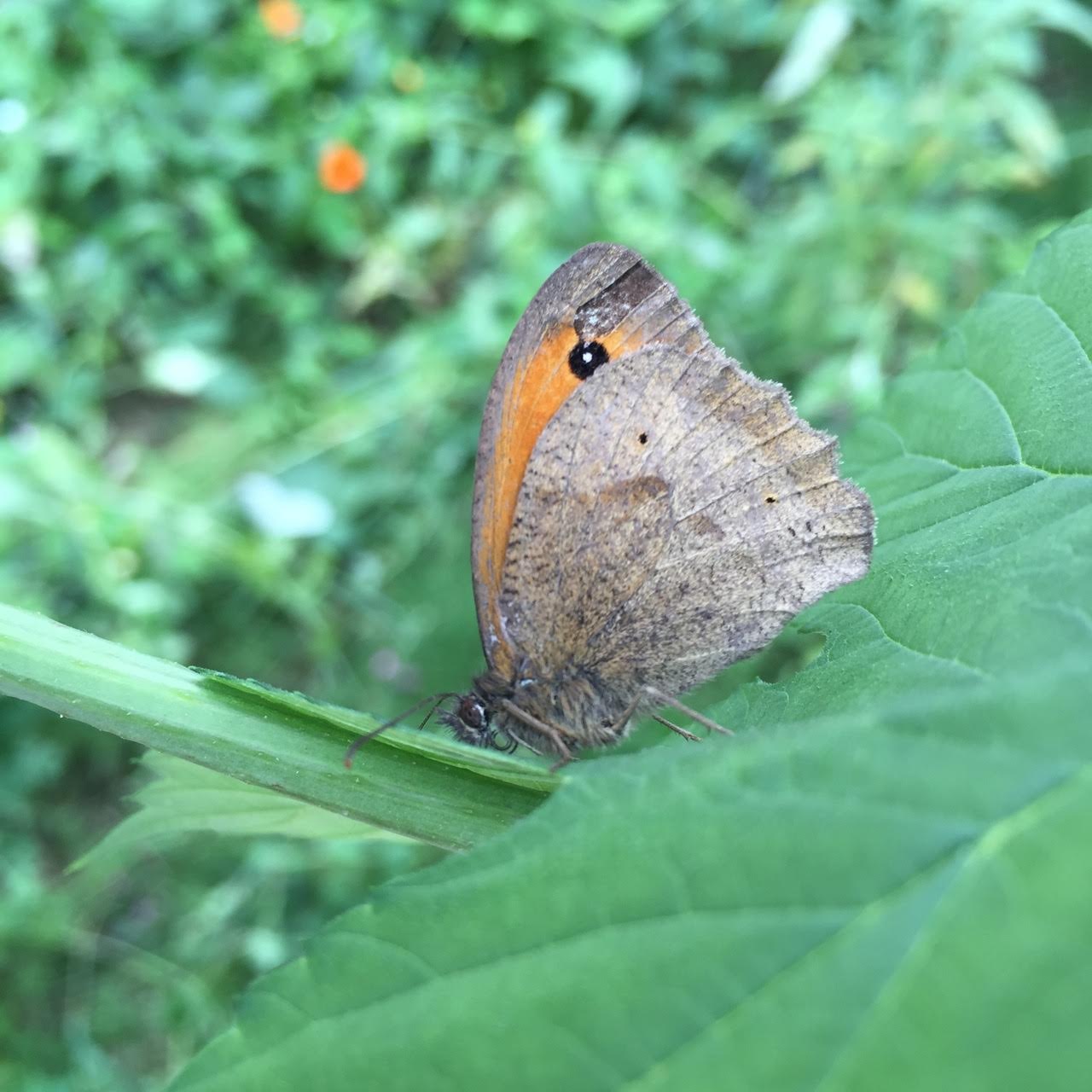
Image courtesy of the artist
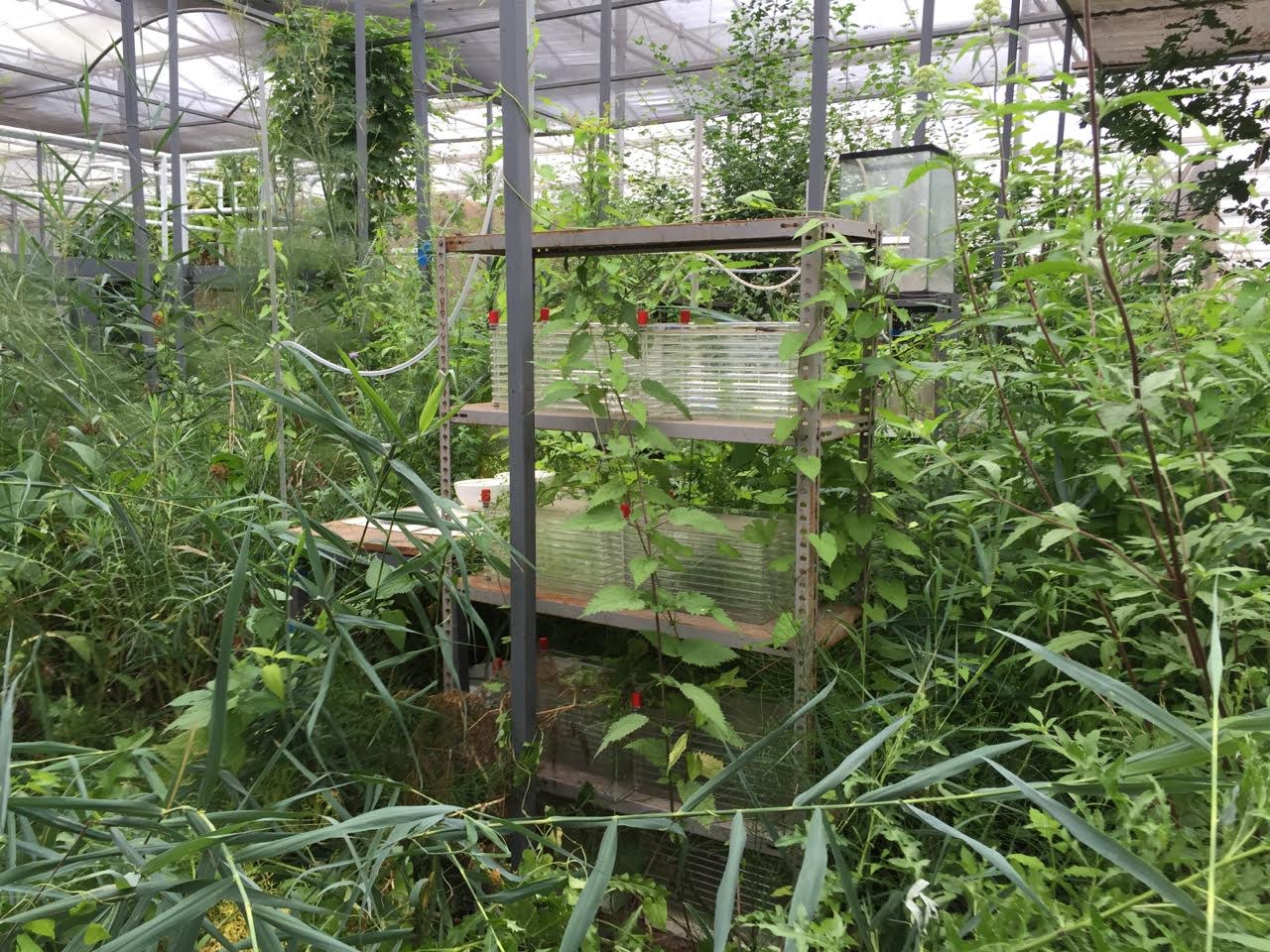
Image courtesy of the artist
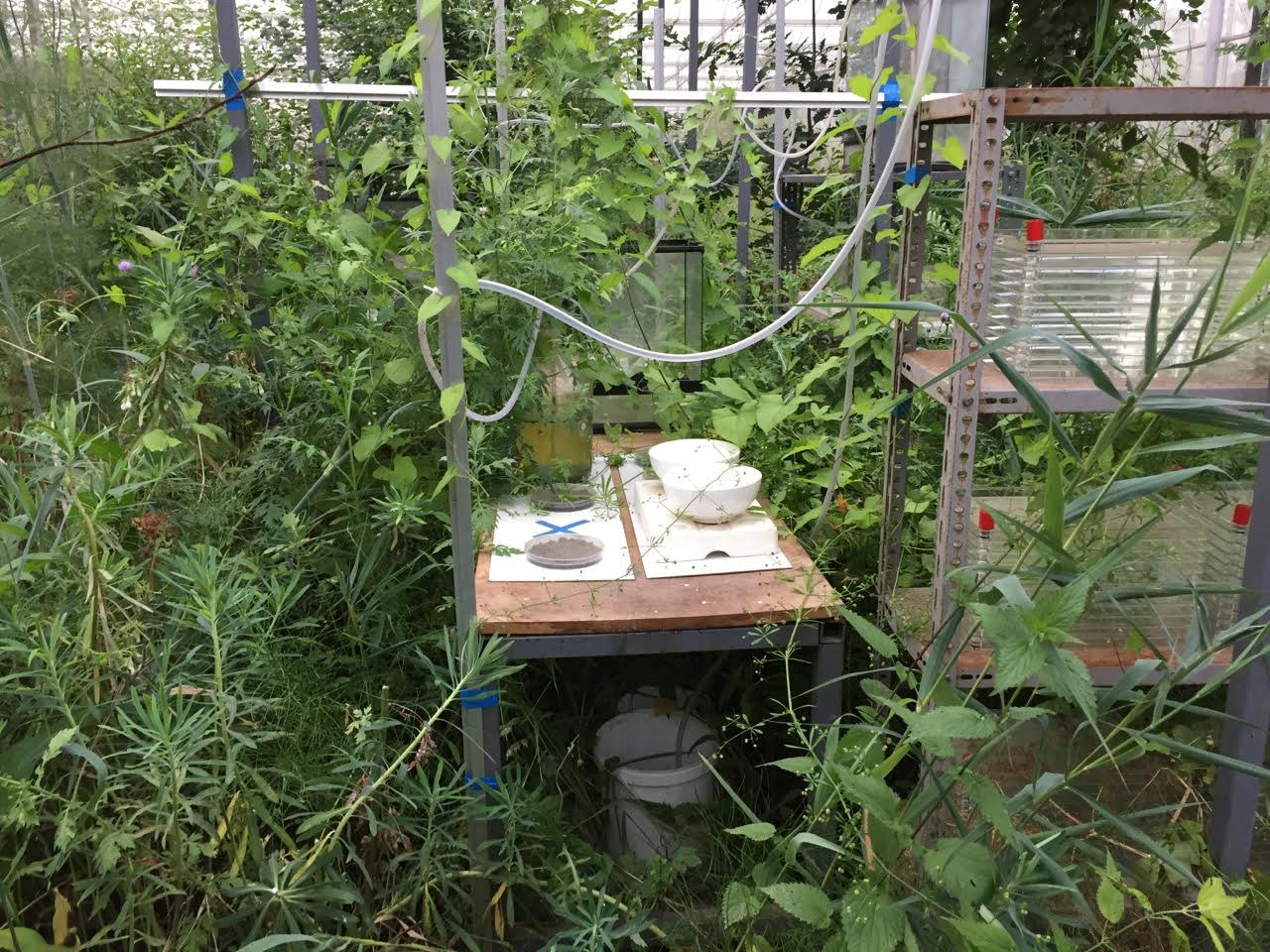
Image courtesy of the artist
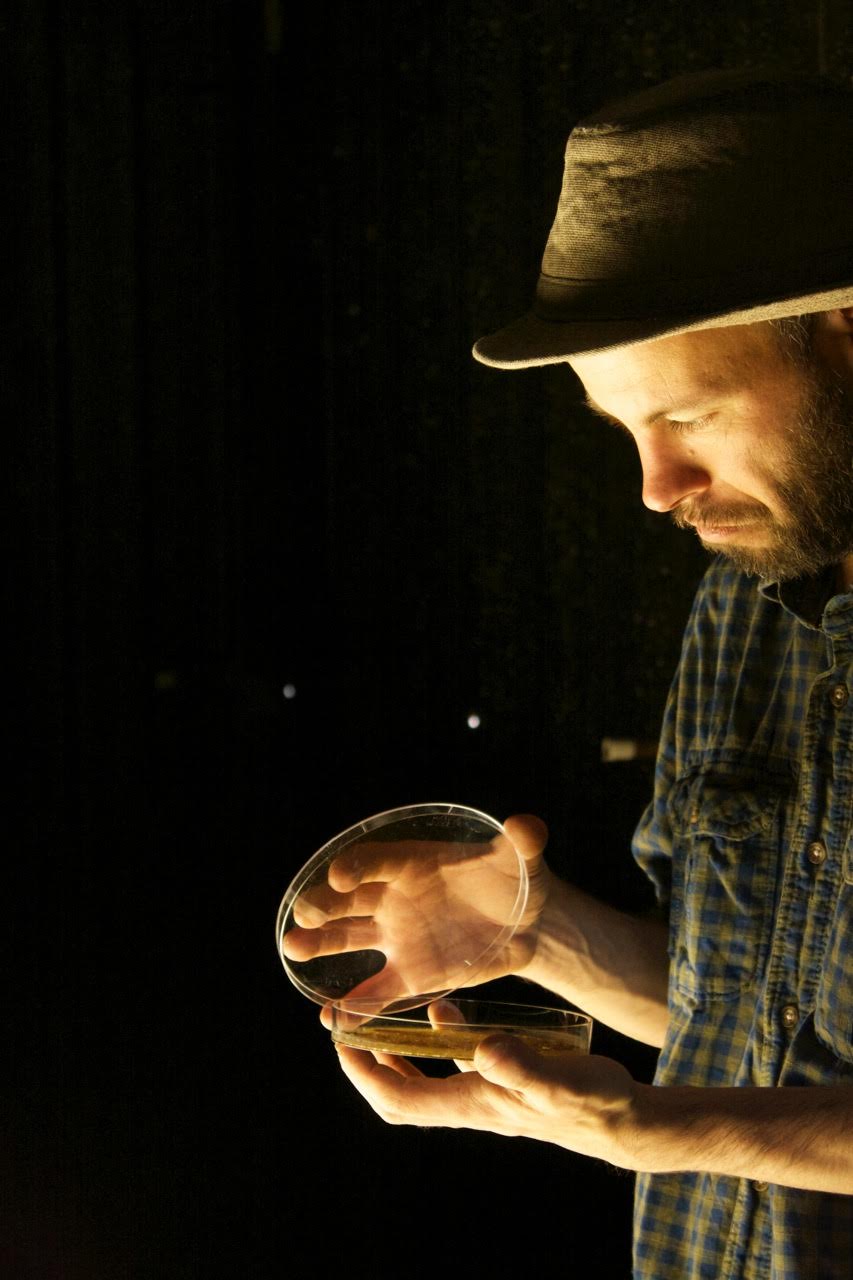
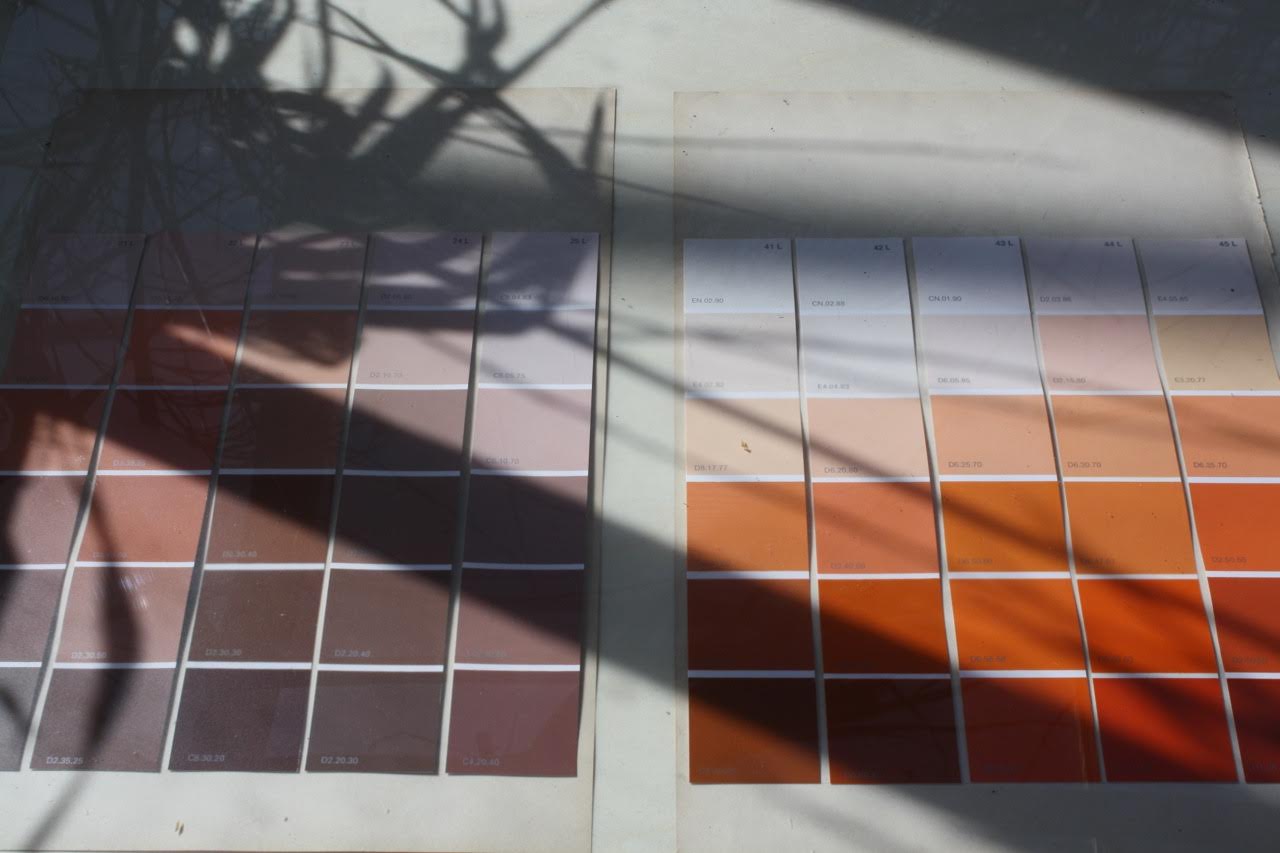
Image courtesy of the artist
Could you tell us something about the work you created for the Verbeke Foundation?
There is a short description online but it is not super clear.
http://www.verbekefoundation.com/en/all-artists/stefan-cools-nl-o1981/ is it a permanent piece or a temporary installation?
Geert Verbeke has seen my work two years ago during an exhibition at RAM Foundation in Rotterdam. Verbeke invited me to the Verbeke Foundation and asked me if I was interested to join the summer exhibition with my research. There I have build in one of the greenhouses my installation that is now on permanent view. The Verbeke Foundation has given me the possibility to do my research for the coming years at the foundation. In fact it’s an installation with nectar plants and host plants for the butterflies and a laboratory. The outcomes of the research together with new pieces that I make are added to the installation. So the installation is growing and transforming every year.

Image courtesy of the artist
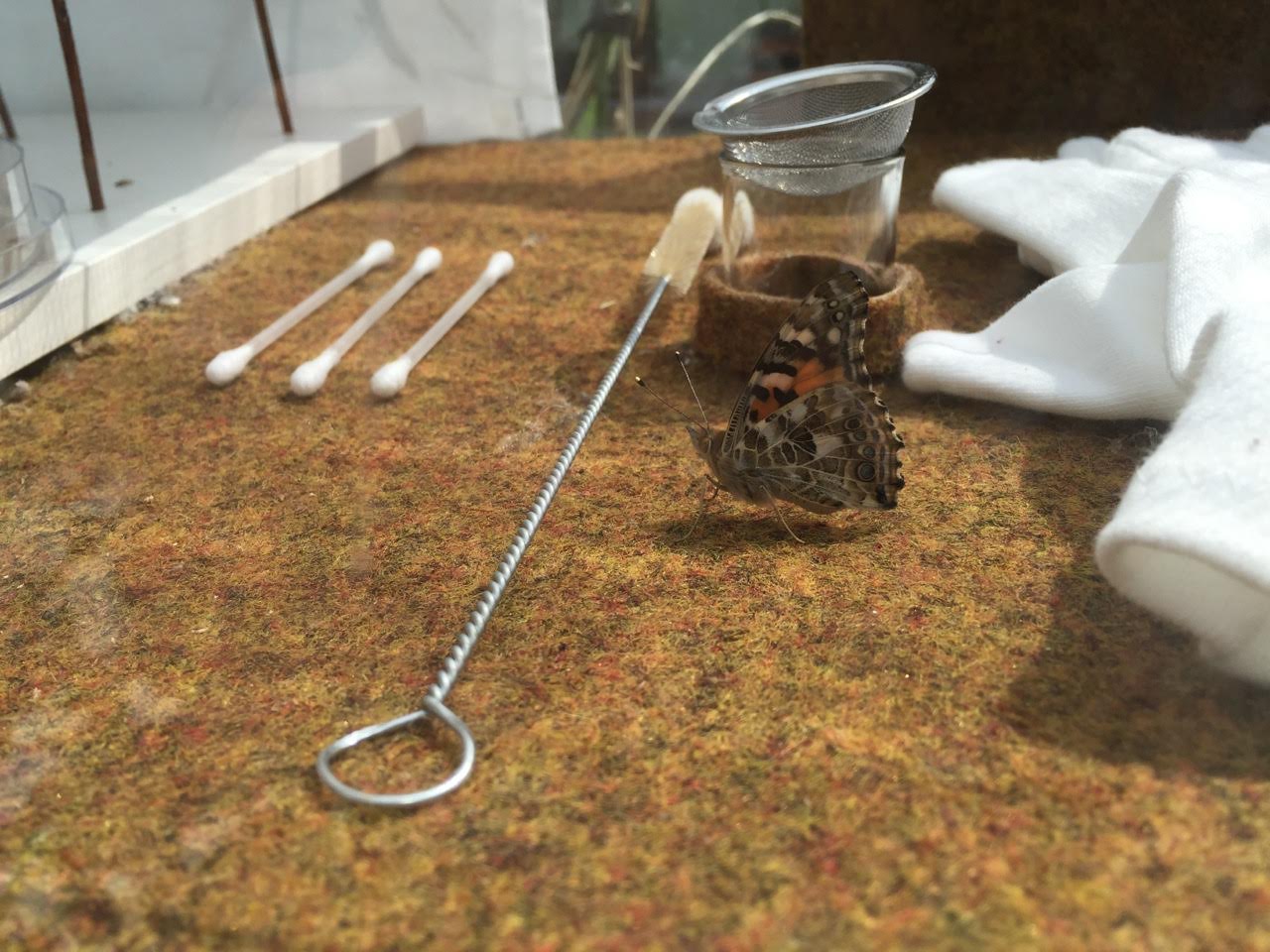
Image courtesy of the artist
I think you’ve traveled to many countries for your research. Could you tell us about the differences your encountered from country to country regarding the butterflies?
I think that the big difference is the season of the butterflies. In the Netherlands because of the cold winters some butterflies stay in the Netherlands as butterfly, some butterflies overwinter as cocoon and some immigrate to a warmer climate. So we have have two peak moments that we see lots of butterflies. That’s in spring and end summer beginning of the autumn. Next year I’ll do research in Australia in the tropics of Queensland. In the tropics there are not much differences in winter and summer so there are during the whole year butterflies. That means that instead of one or two and sometimes three generations of butterflies in Europe, there will be probably more generations born in Australia in one year. That will be very interesting to see because that means that the climate in the tropics is very good for the butterflies and the time of transformation from egg to butterfly will be faster than in Europe. I can imagine that this can have consequences of the colours of the meconium of the tropical butterflies.
I believe that wonder is one of the most important things in live. I wonder every day while working in and with nature. That’s the basic that I need for my art, without wonder I can’t work. It can be found in the simple things of life. And that is something I want to show to the public with my educational projects. I believe that wonder is something that makes you feel more connected to everything you are surrounded with, I think that this is something we are loosing nowadays if we are not learning again how to wonder.
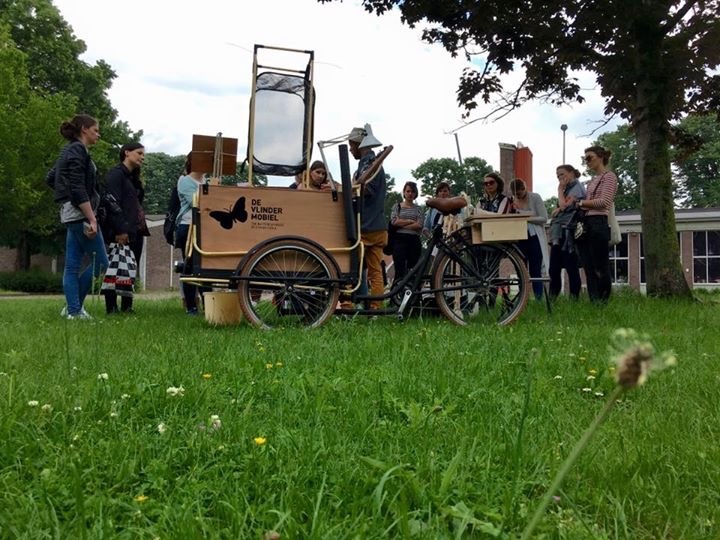
When i met you in Maastricht, i asked you if climate change was having any negative impact on the butterfly population but you seemed to say that it was actually good for them. Could you tell us more about it? How are the new condition benefiting (or not) the butterflies? How do you explain it?
That’s not completely true, at the moment climate change is negative for the butterflies. Like the last winter was so warm that some of the butterflies were coming out of their cocoon too early because they where thinking seen the temperature that it was spring. But on that moment so early in the year the butterflies can not find any nectar plants to feed from. Because those were not yet in blossom.
But what I meant to say is that what we see is negative doesn’t need to be negative for the butterflies. Butterflies are very good at adapting to new conditions. I think the monoculture is something more to worry about. That is what we want to tell to the people with the Butterfly Gardens we are creating. Plants that we see as weeds in the garden and parks are very important for butterflies. Most of the host plants where the caterpillars eat from are weeds. Without those weeds the butterflies will disappear.

Image courtesy of the artist

Image courtesy of the artist
Any upcoming research, project, event you could share with us?
I’m heading to Australia again next year. This time I will be working at the laboratory of The Butterfly sanctuary in Kuranda for 2 weeks. And after that at Tanks Arts Centre / Botanical Gardens in Cairns for 3 weeks. These residencies are part of my long term project. During this period I will perform research on the tropical butterflies that can be found in Cairns and surroundings. The results of these projects will be presented at The Verbeke Foundation in Fall 2017.
After the research period in Australia I’ll go in June 2017 to do a Residency at the Van Gogh Huis in Zundert (NL). During a month I will research the butterflies Vincent could have seen during his childhood in Zundert. I will make a reconstruction of the garden of his parental house.
Thanks Stefan!
The Tapijnkazerne area which i visited during the Week of New Maastricht:
